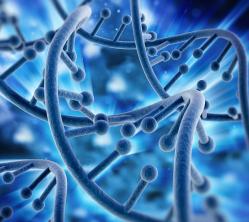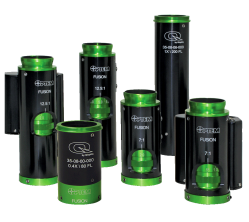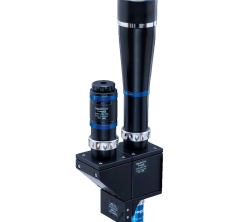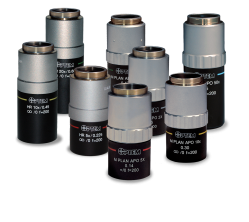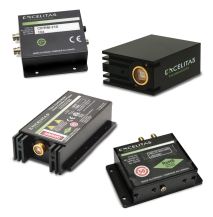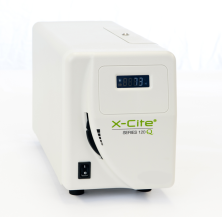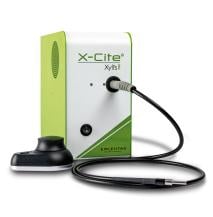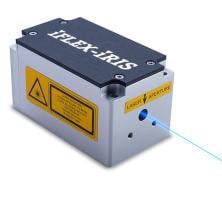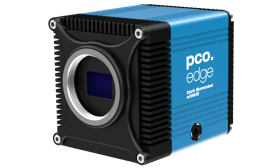Advancing tomorrow's biomedical breakthroughs today
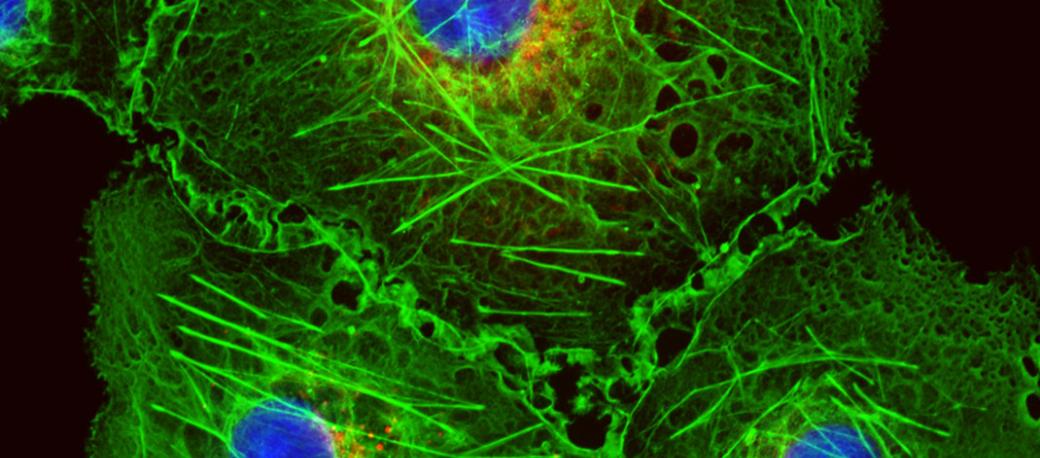
For decades, Excelitas has been a trusted partner in the design and manufacture of illumination, optics and detection components, and sub-systems in the field of biology research and biotechnology market. From simply supplying an LED or lamp source, an optical or detection component, to a sub-system, Excelitas consistently delivers solutions for the most demanding applications including flow cytometry, microscopy, and DNA sequencing.
Our expertise in opto-mechanical integration, design for manufacture, microscopic imaging and fluorescence across multiple wavelengths makes us the right solutions provider to ensure the most reliable data from flow cells, slides, micro-fluidic chips, or microtiter plates.
The simplest approach to detect the fluorescence emitted from a biological sample is to image the specimen from a microscope onto a camera. Excelitas understands the importance of a highly stable imaging solution with quick image capture capabilities in order to achieve accurate images of the biological sample with very low probability of false signals. We leverage our wide portfolio of standard lenses or custom design capabilities with the field-of-view, depth-of-field, and resolution that is closely matched to the camera sensor to meet the unique demands of the application.
Optical system design ensures the fluorescence excitation is optimized for intensity and uniformity while minimizing stray-light, auto-fluorescence and ghost images to reduce background noise. Fluorescence detection optics ensure aperture-optimized optics produce vignetting-free images that increase collection efficiency and reduce cross-talk between samples.
Excelitas LED, lamp, laser and pulsed-lamp light sources are used to illuminate every application in biology with options for customizable, switchable, tunable, multi-wavelength, laser-LED hybrids with multispectral and hyperspectral capabilities.
Whether observing fixed or live cells, our LED and lamp fluorescence illumination solutions provide superior optical power and exceptional field uniformity at the specimen level to ensure optimized imaging and greater data reliability. Our ultra-stable lasers and fibers have long been a critical part of industry-leading flow cytometry platforms, in part due to our groundbreaking laser fiber technology that pair long fiber lifetimes with kinematic laser-fiber detachable coupling that simplifies system assembly and service.
In flow cytomtery and scanning optic designs, the dynamic range of imaging systems is often limited by electronic background noise, thus requiring more sensitive detectors. Excelitas leads the way with silicon detection driving the industry away from photo multiplier tubes and into today’s compact size and low voltages that can operate in strong magnetic fields, heat humidity and cold.
Our ultra-sensitive low-light-level detection modules provide market-leading photon counting performance in parameters like high Photon Detection Efficiency (PDE), low after-pulsing, highest uniformity over an active area, high linear dynamic range, and low dark counts critical for applications such as confocal microscopy, fluorescence, luminescence, and Time-Correlated Single Photon Counting (TCSPC).

